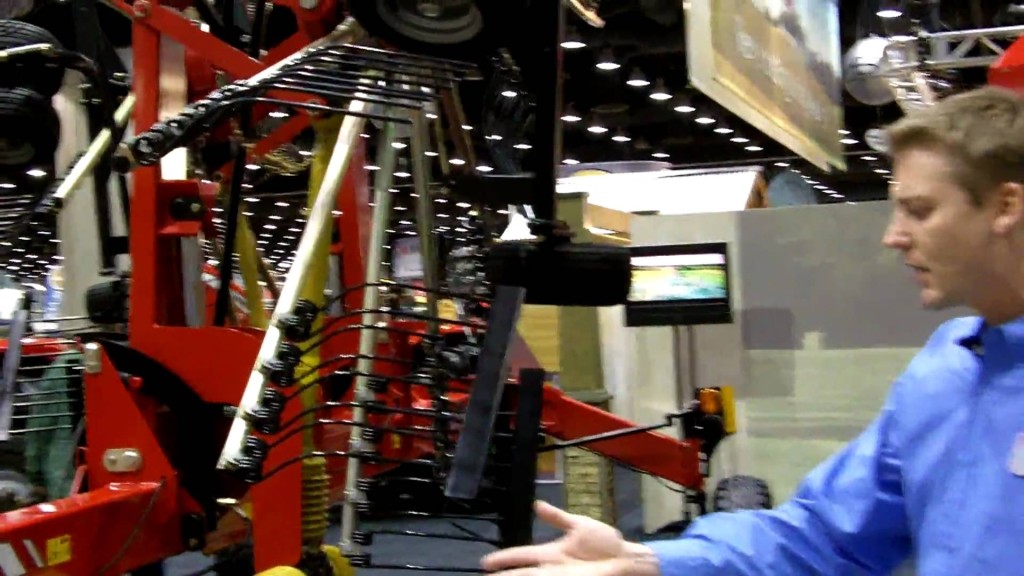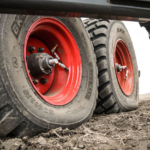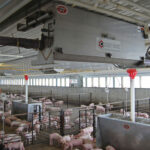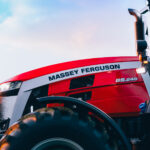Tips for Successful Hay Raking
Haying season is typically a race between weather and crop, with the prize being optimal protein content and more valuable hay. Some great strategic raking tips are offered by Joell Bagg, Forage Specialist at the Ontario Ministry of Agriculture Food...

Tips for Successful Hay Raking
Haying season is typically a race between weather and crop, with the prize being optimal protein content and more valuable hay. Some great strategic raking tips are offered by Joell Bagg, Forage Specialist at the Ontario Ministry of Agriculture Food...“Raking is done to narrow the swath for the baler, and also to move the wetter material at the bottom of the windrow to the outside. Every time you rake hay there is some leaf loss, so rake strategically. The drier the hay is at raking, the greater the leaf loss. If possible, raking alfalfa at moistures between 30 – 40% is often a good compromise between low leaf loss and good drying. Leaf loss can be extremely high if raking at 20% moisture. Hay that is almost dry is less likely to shatter when raked in the early morning when the dew is still on.
Some rake designs are more aggressive and do a better job of fluffing, but are also more prone to leaf loss, particularly at lower moistures. Uniform, consistent raking without bunching is required to avoid wet bales.If a partially dried hay field does receive a heavy rain, tedders or rotary rakes can break up a windrow that has clumped and matted into the stubble. Moving a windrow onto a drier surface, or fluffing onto stubble can speed drying. Tedders are better suited to grasses than alfalfa. Avoid using a tedder on alfalfa at moistures less than 50%. Avoid driving with tractor tires on the swath and causing leaf loss.” Source: Cutting, Conditioning & Raking For Faster Hay Drying
Massey Ferguson is introducing a new rotary rake series in the US & Canada, with MF3824 and MF3879 models available in
Check out this video of the rotary rakes at the National Farm Machinery Show:



